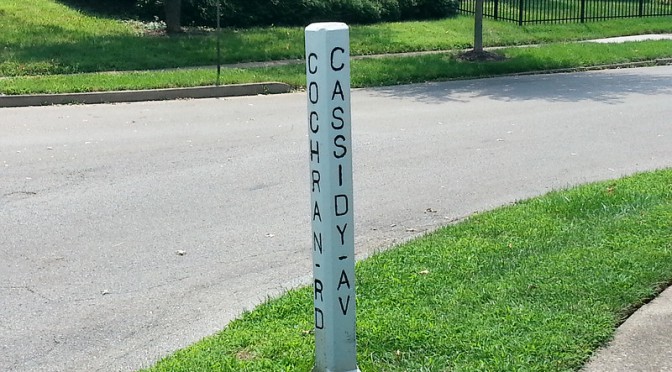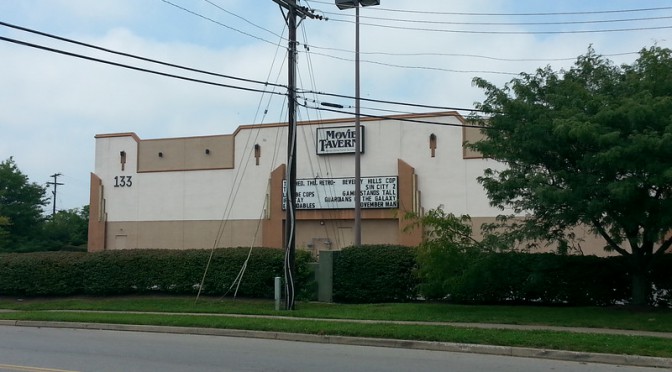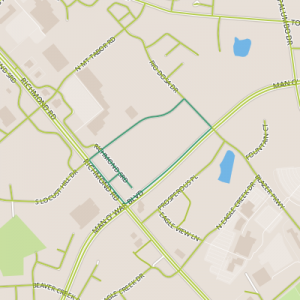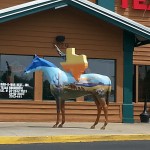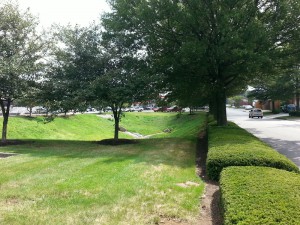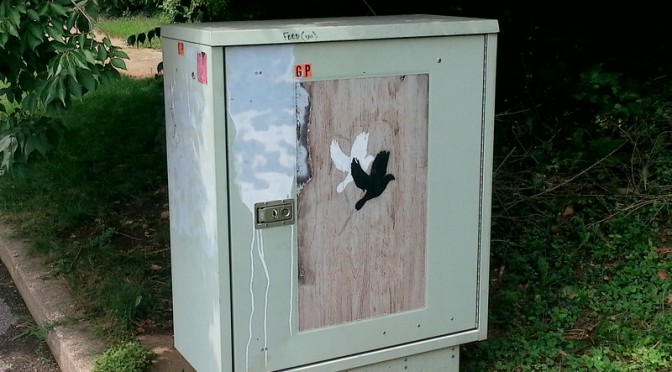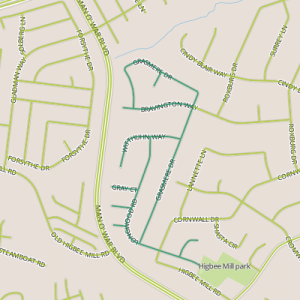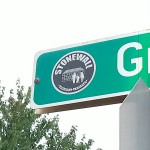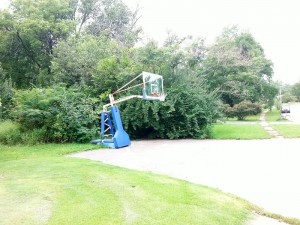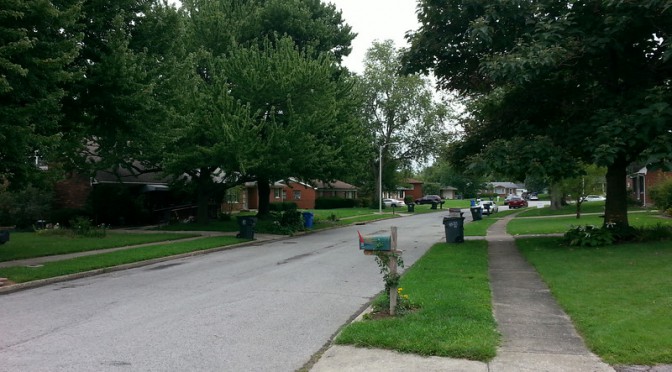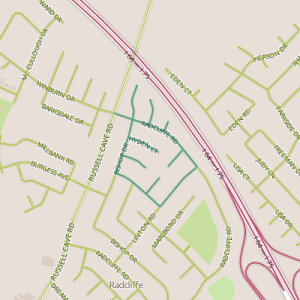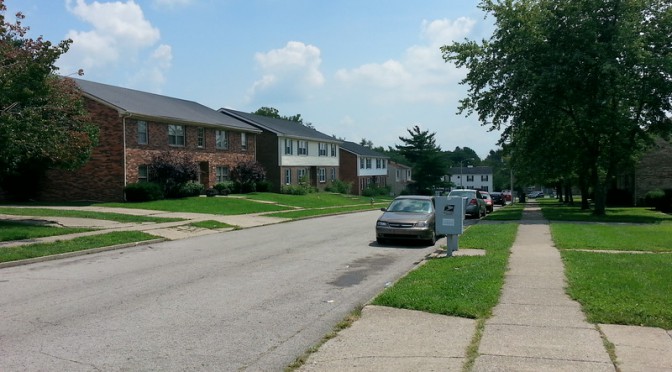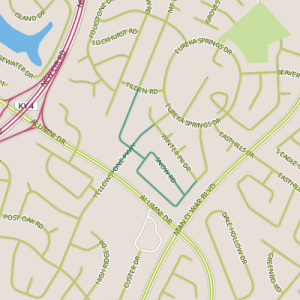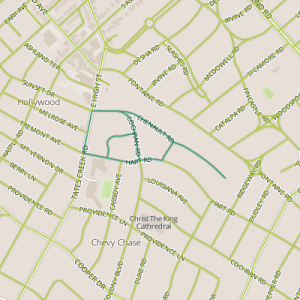 Today, I had my first shot at walking through Chevy Chase. While I had some expectations based on its location and designation as a historic neighborhood that it would fit a relatively urban typology, it seemed more in line with the quiet but very nice suburban areas around Andover or Chilesburg, although there are some pre-World War II apartment houses located along Cochran as well as some duplexes from about the same time.
Today, I had my first shot at walking through Chevy Chase. While I had some expectations based on its location and designation as a historic neighborhood that it would fit a relatively urban typology, it seemed more in line with the quiet but very nice suburban areas around Andover or Chilesburg, although there are some pre-World War II apartment houses located along Cochran as well as some duplexes from about the same time.
As in many other neighborhoods within a similar market range, there is a lot of construction going on here. It ranges from simple painting to more ambitious remodels (including one landscaping project where the architect’s sign in the yard proclaimed they were “building someone’s dream”). In general, the recent work done to houses in the neighborhood appeared to make the neighborhood more like its cousins outside New Circle Road in spite of the restrictive design criteria.
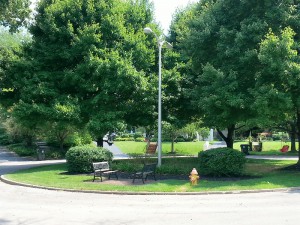
Any single person or family moving to a neighborhood changes it, perhaps almost imperceptibly. The sum of those changes can reflect a greater shift, and I wonder if that is happening in Chevy Chase (though of course, it’s much harder to tell with my very limited exposure to the area).
What works: The parklet at the end of Chenault
What doesn’t: Existing design criteria may not be sufficient to preserve the neighborhood’s (built) character.
